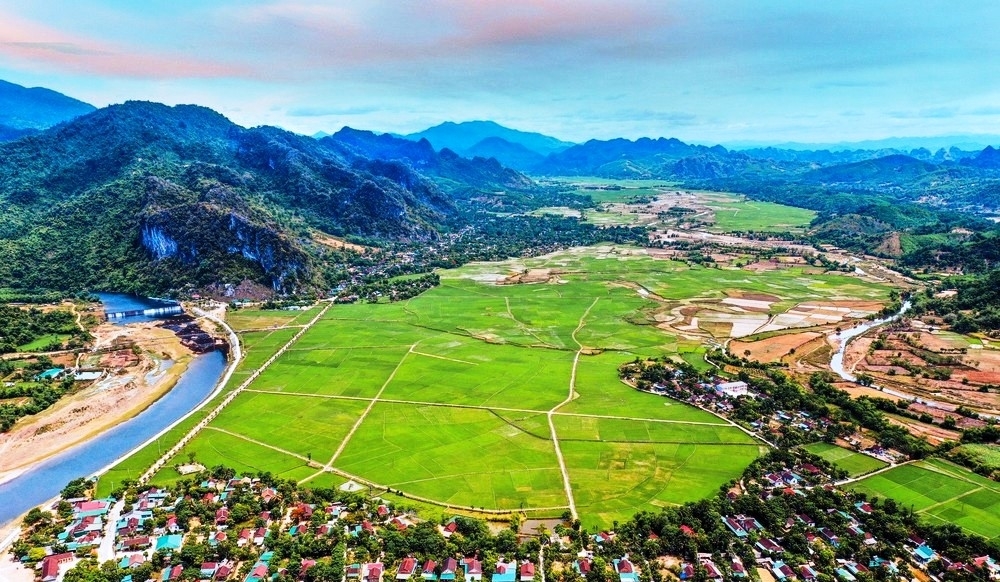
Ancient Mon Son…
Turning left from Highway 7A, we began an exciting journey when we reached Mon Son. In the historic days of April, the asphalt road through many valleys and villages was dyed red with flags and flowers. Con Cuong is eagerly awaiting the Mon Son - Luc Da Festival, a traditional festival imbued with the cultural identity of the Thai people, held annually in April. This is an opportunity for the young generation, the people and ethnic minorities in the Western Nghe An region to commemorate the senior cadres, the outstanding children of the homeland who wholeheartedly followed the Party.
Remember in early 1931, when comrades Le Xuan Dao (Head of Finance Department of Central Region Party Committee), Le Manh Duyet and Nguyen Huu Binh (Special Envoy of Nghe An Provincial Party Committee) went to Mon Son to build the revolutionary movement.
April 1931 marked an important milestone in the birth of the first Party cell in the Western region of Nghe An. That Party cell was born on the beloved land of Mon Son, right in the house of a Thai ethnic man named Vi Van Khang. Having awakened to the revolution early, and having a steadfast ideology and stance, Mr. Vi Van Khang was elected as the Party cell secretary of the Mon Son Party cell with 6 party members.
At this house, the Party organization secretly printed documents and leaflets and distributed them throughout the villages. Every night, people often gathered here to study and participate in cultural and artistic activities. From then on, the Mon Son movement entered a new period of struggle. Mon Son became the liaison between the revolutionaries in the lowlands and the highlands, between the movement of the Kinh people and the ethnic groups in the mountainous areas of Nghe An.
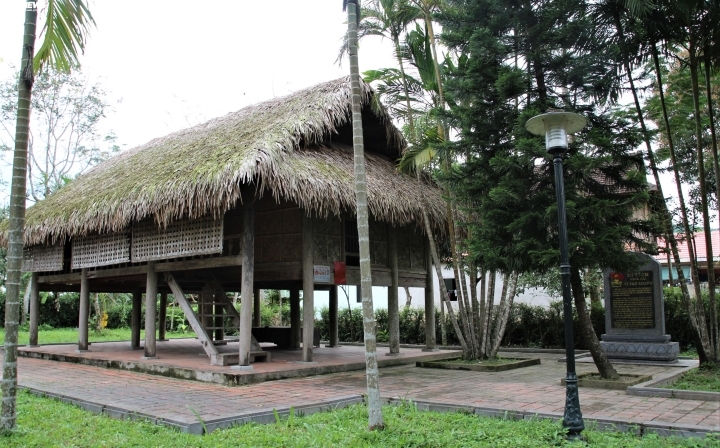
The house where the first party members of the Western Nghe An region took their oath before the Party flag has now been ranked as a national historical revolutionary relic. And since 1994, the founding day of the Party cell (April 14, 1931) has become an annual traditional cultural festival of the Mon Son people.
Further away, Mon Son used to be the land in the "Tra Lan region" where Le Loi raised an army to revolt. More than 600 years ago, the Lam Son insurgents led by Le Loi attacked and captured the citadel guarded by the enemy general Cam Bang, creating the "Tra Lan region of bamboo splitting and flying ash". After the victory, Le Loi recruited soldiers, trained his army, and gathered his forces. According to oral tradition, the insurgents also spent 6 nights at the "mountain gate" (Mon Son), which became the name of the current "Luc Da" commune. Tra Lan citadel is now abandoned, located in Bong Khe commune, more than 2km from Con Cuong district town.
…and now
If you go back a few years, Mon Son is very different from what the traveler once felt.
Starting from Pha Lai dam. This is the central area of Mon Son commune, also the first point for the upstream travel experience of Giang to the Dan Lai ethnic group in the core area of Pu Mat National Park. Many years ago, this was a "lam son chuong khi" area, but now it is bustling with floating restaurants and bustling tourist motorboats. People have learned to do tourism and have income from tourism.
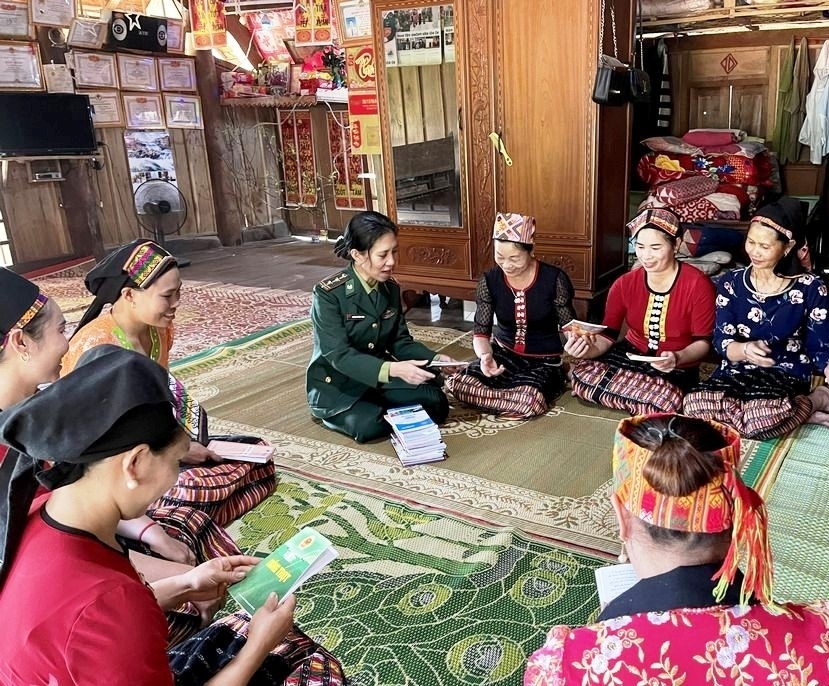
Complementing Pha Lai is the Xieng village community tourism site. This is the second tourist site established in Con Cuong district, but is the only one in the Western region of Nghe An that has a community foreign language club model. Here, there are homestays run by Thai people, and there are mountain residents who are exposed to English to be able to answer the minimum questions for tourists.
In the flow of development today, many Mon Son people have not accepted to “be content with their lot”. The clearest evidence is that there are Dan Lai people who have written petitions to the authorities at all levels to escape poverty. That list keeps getting longer and longer, as a sure proof of the determination of these border residents to escape poverty.
Another interesting thing when coming to the border commune of Mon Son is that most of the village leaders are now women. Never before has the perception of the people in the mountainous region changed so much, especially the thinking about the position of women in society.
The whole Mon Son commune has 14 village Party cells, of which 7 are female Secretaries, 5 are female village chiefs, and 1 is female Party cell secretary and village chief. The female village "leaders" have all completed their tasks well, many of them have boldly directed, advised, and proposed issues related to the economic development of the people.
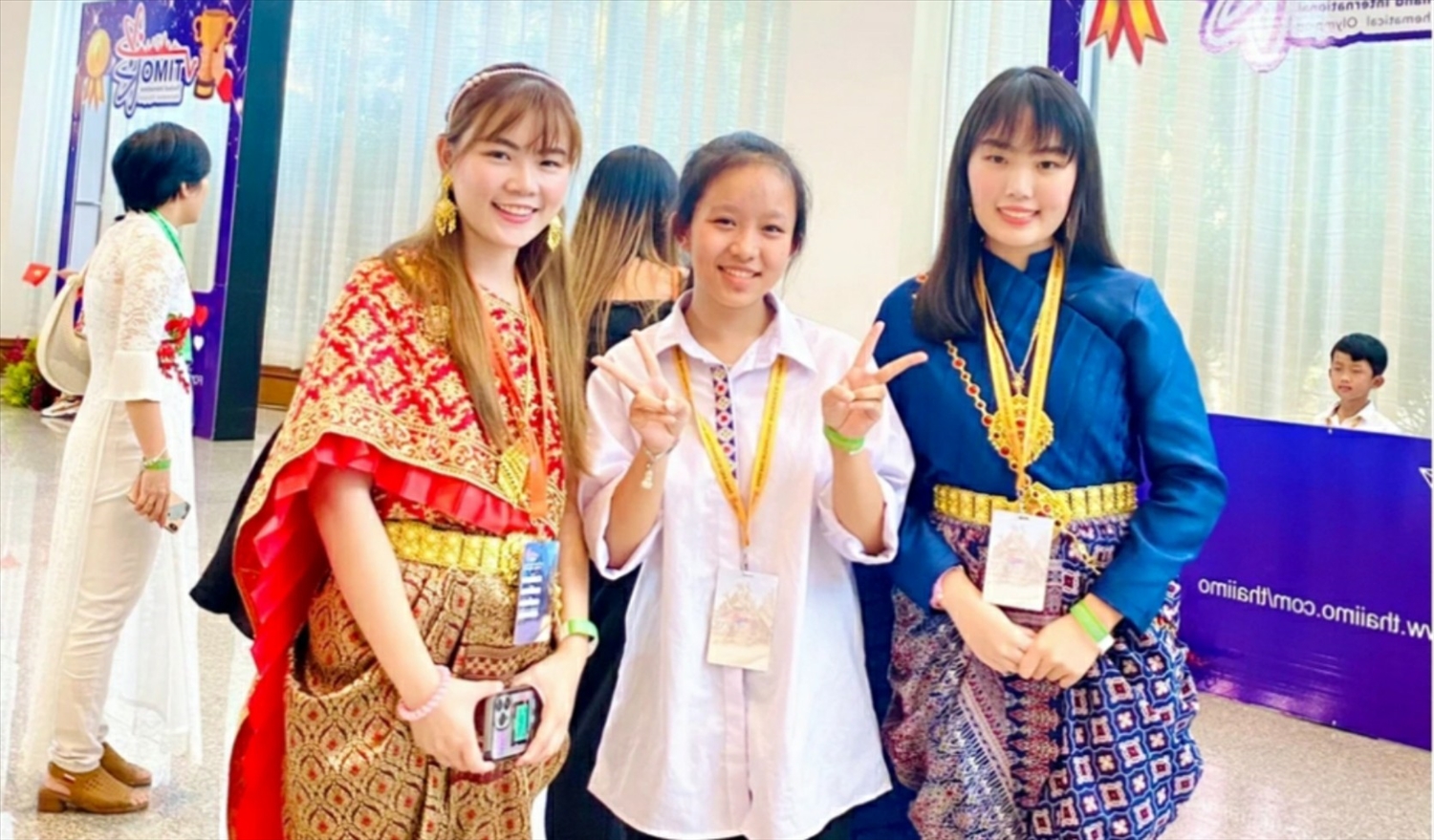
We had some experience in the villages of Mon Son and realized that the rural life in the mountainous area here is very peaceful. When asked, we found out that the women in Mon Son are not inferior to men, when they participate in 3 Women's Clubs to protect the border; with 100 members, meeting once a month, under the guidance of the officers of Mon Son Border Guard Station.
Thanks to the efforts of many people, the village and border of Mon Son have become strangely peaceful. Captain Lay Van Thin - Chief of Mon Son Commune Police shared his joy: Implementing the Project "Border commune clean of drugs", in addition to promoting propaganda work, making records to send people to drug rehabilitation, managing border areas well... we have focused on enhancing the role and position of cadres, party members, village elders, village chiefs, and prestigious people. Therefore, Mon Son has completed 6/6 criteria for a border commune clean of drugs since 2022.
Let me end this article with a very funny story about the “United Nations Family” in Mon Son as a fundamental and inevitable change in the development process of a land - a change from education. Without the conditions to learn English like in other regions, Nguyen La Vi Na, currently studying at Ethnic Minority High School No. 1 in Nghe An province, has excellently won a Silver Medal at the TIMO International Mathematics Olympiad in Thailand in March 2023.
Nguyen La Vi Na is the eldest daughter of Mr. Nguyen The Thao, Vice Chairman of the People's Council of Mon Son commune. Mr. Thao's father is Kinh, his mother is Thai and his wife is Dan Lai. What is impressive is that Mr. Thao's wife, Ms. La Thi Hang, is also one of the first Dan Lai students to study at Nghe An Ethnic Minority High School since 1995, and is currently a primary school teacher in Mon Son commune./.
Source: https://baodantoc.vn/dieu-dac-biet-o-mon-son-1714640365271.htm


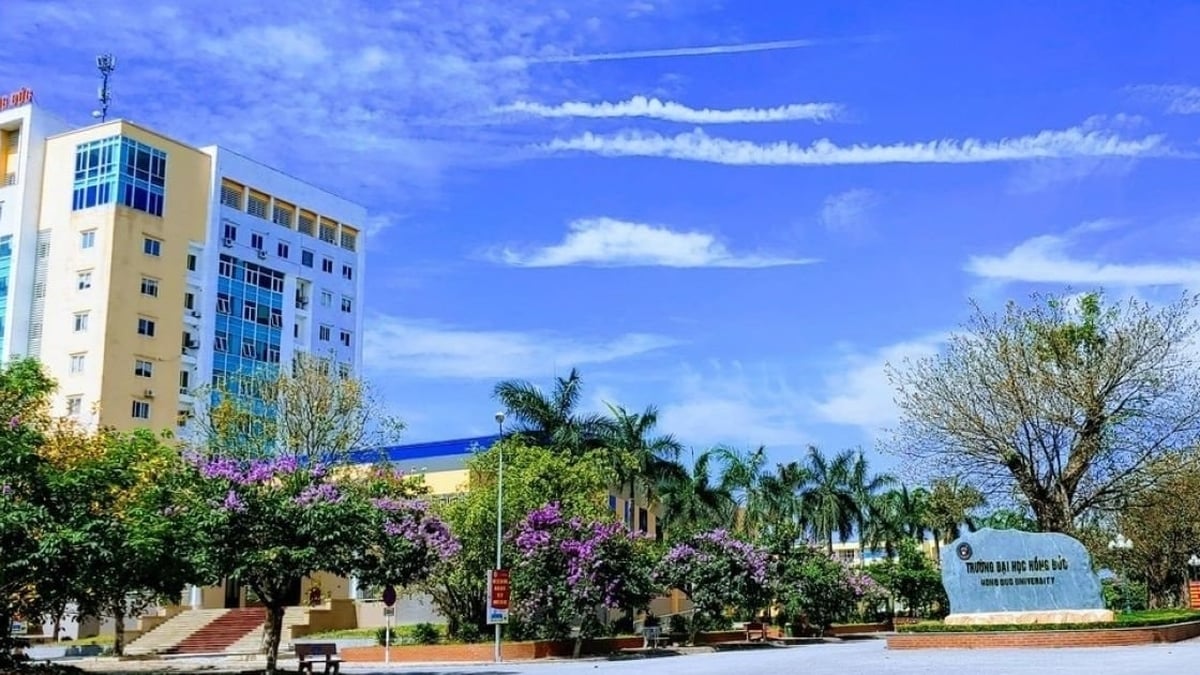
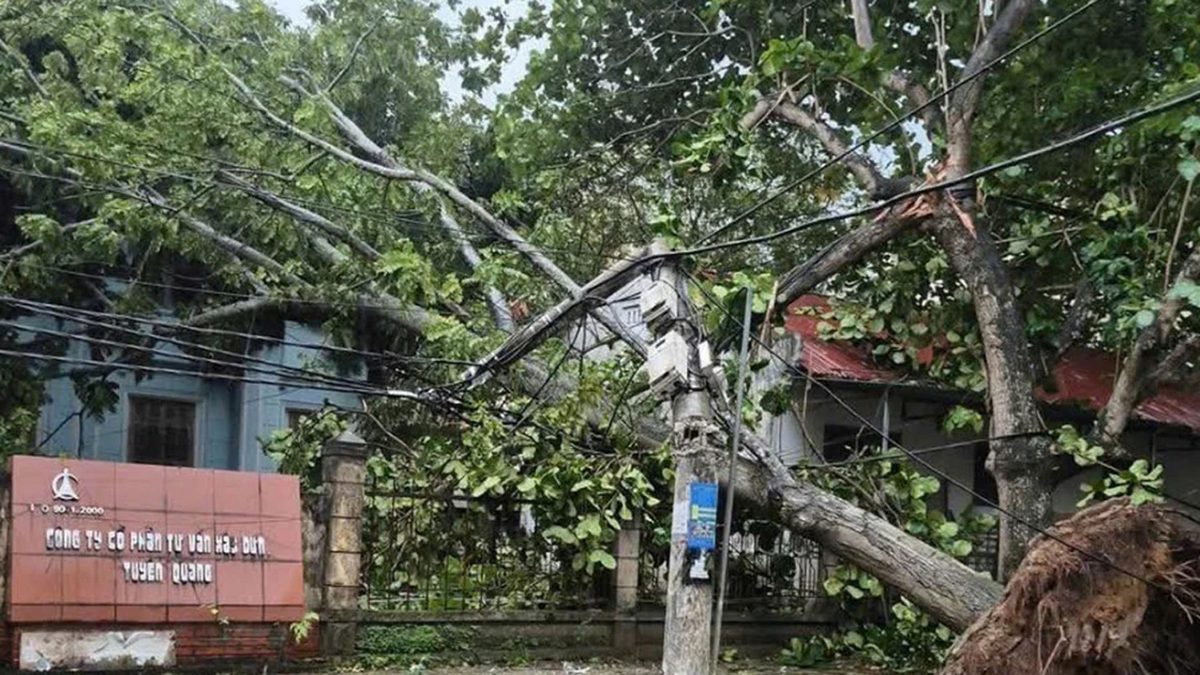
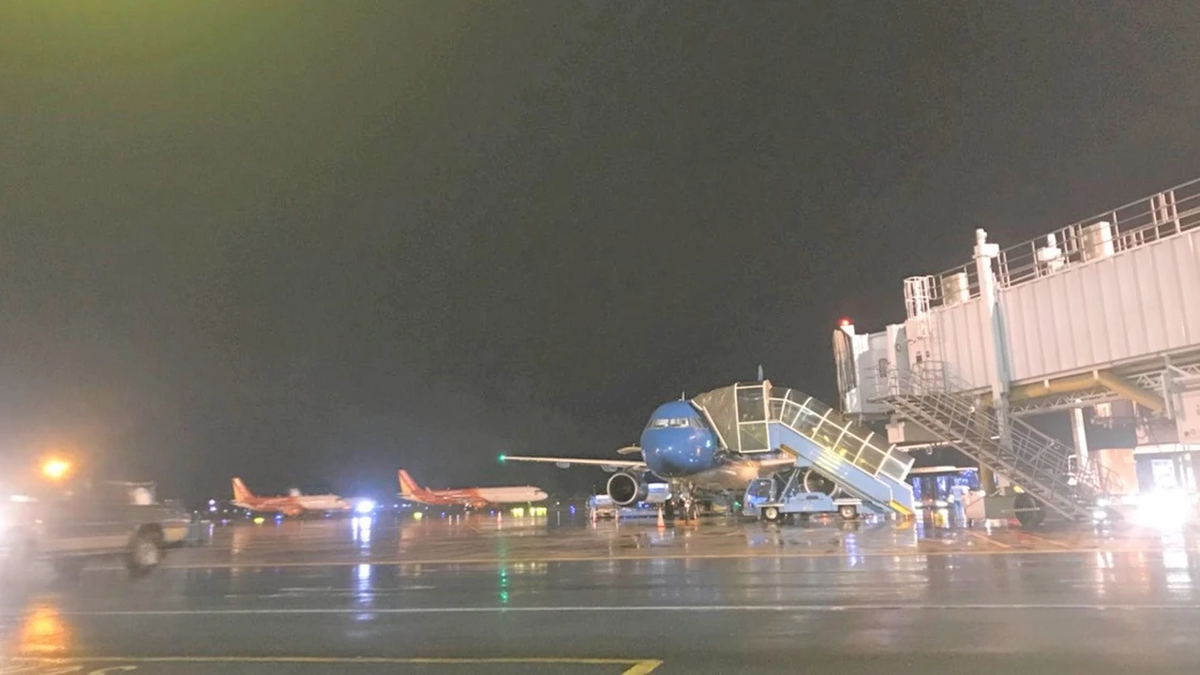
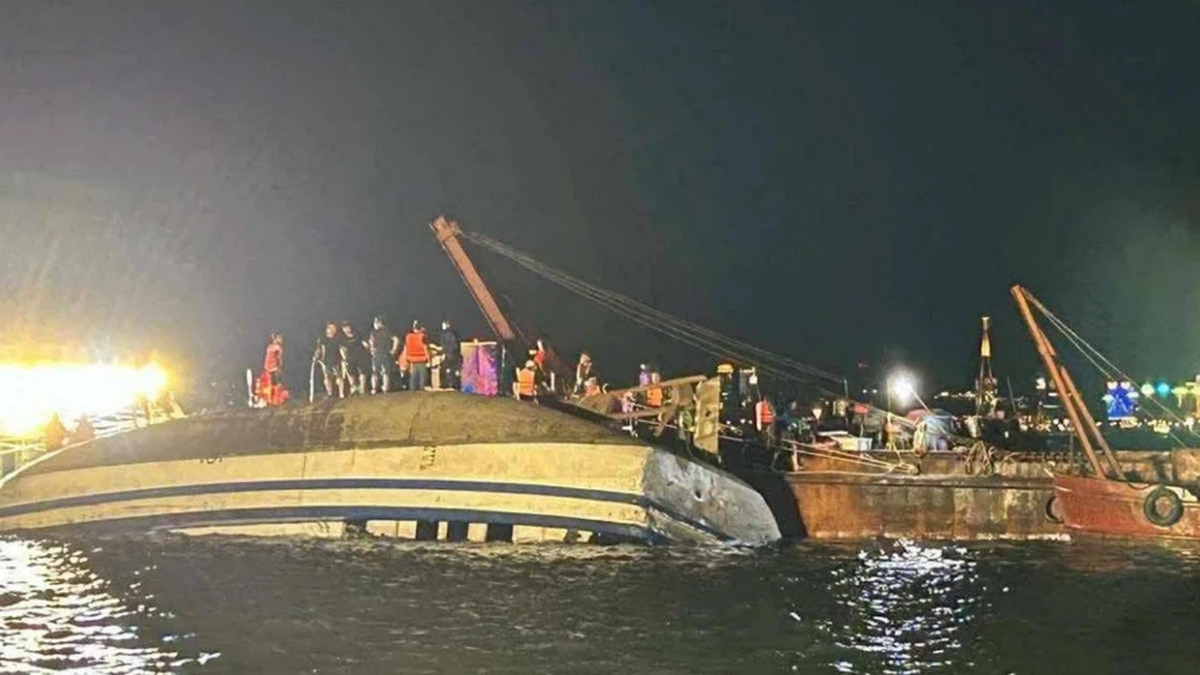
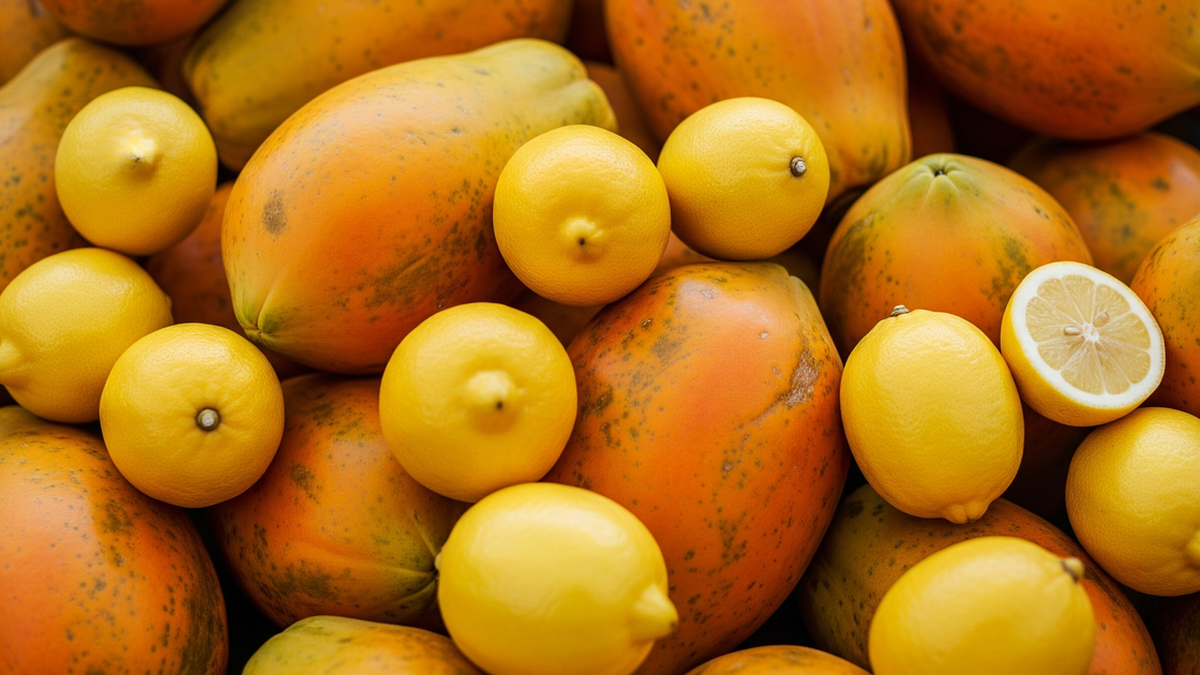
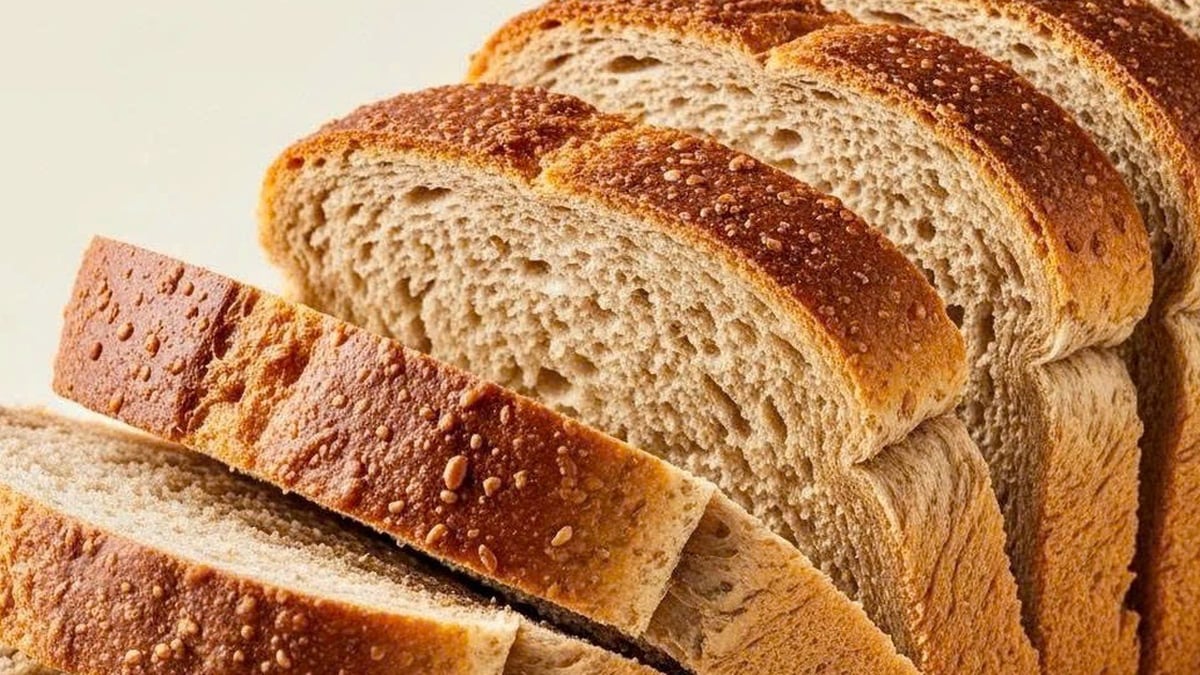
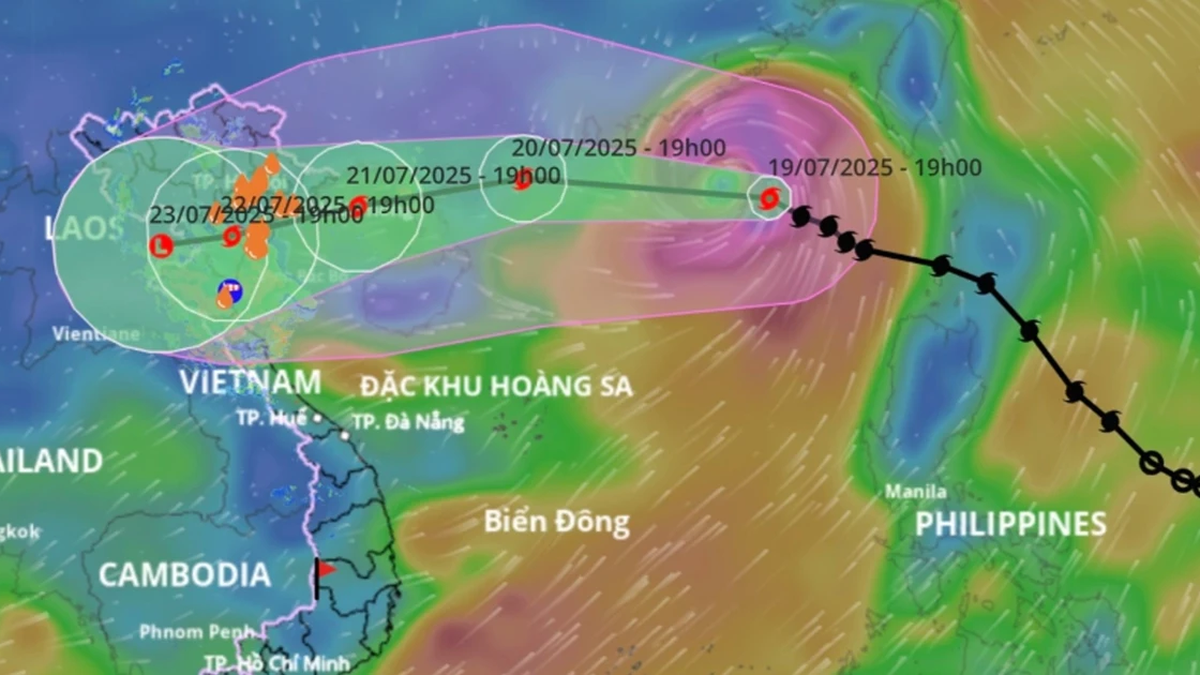
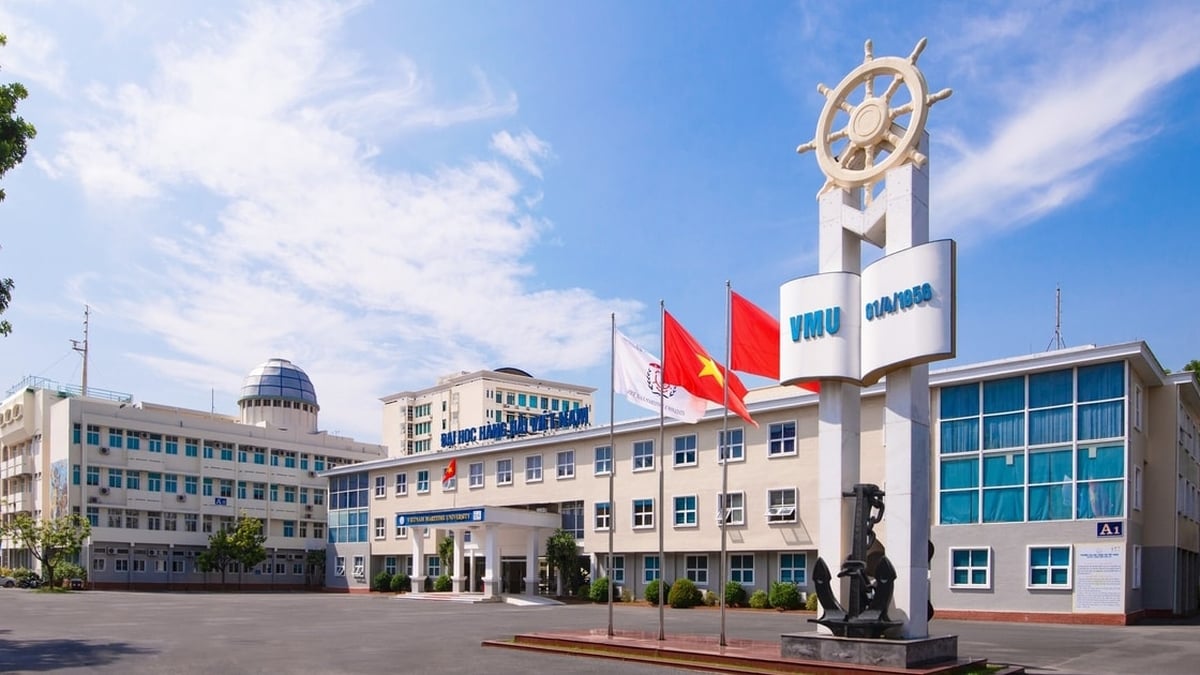
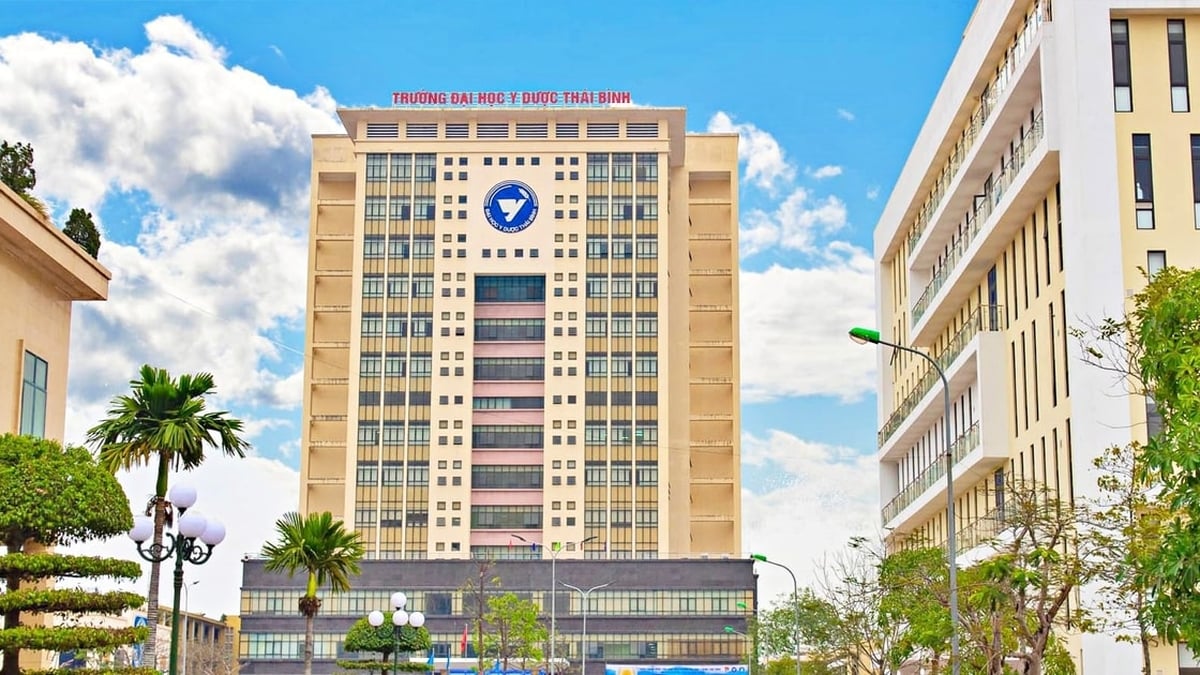























































































Comment (0)